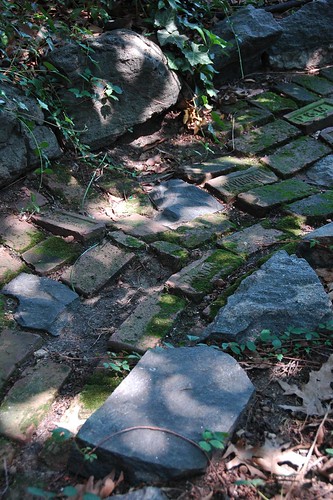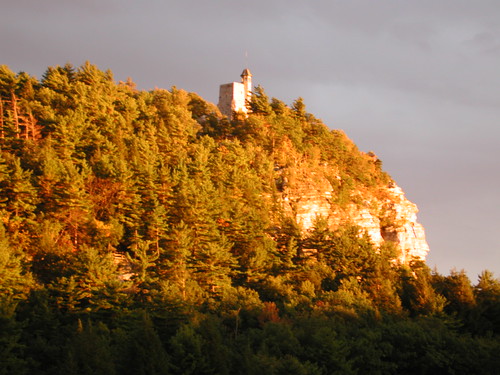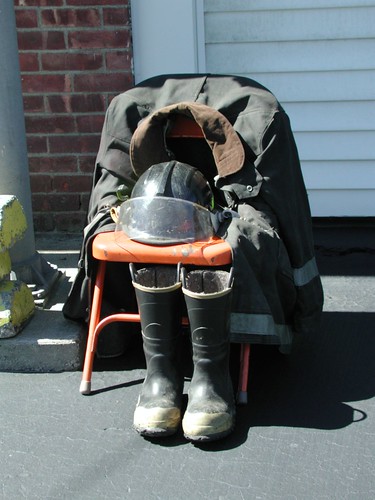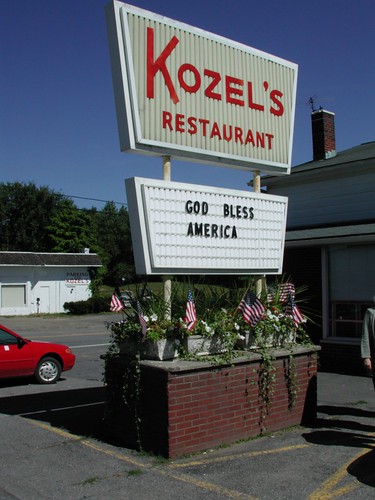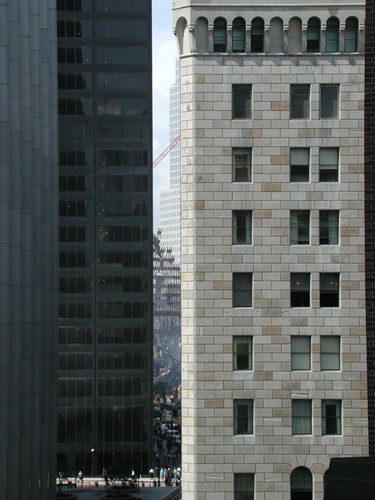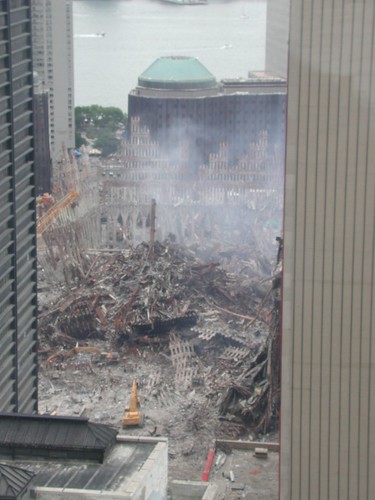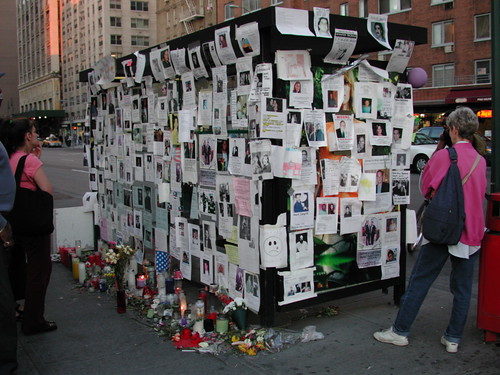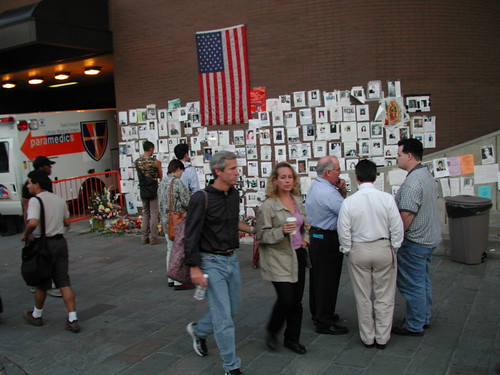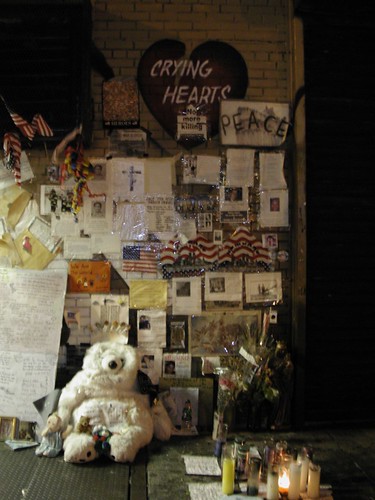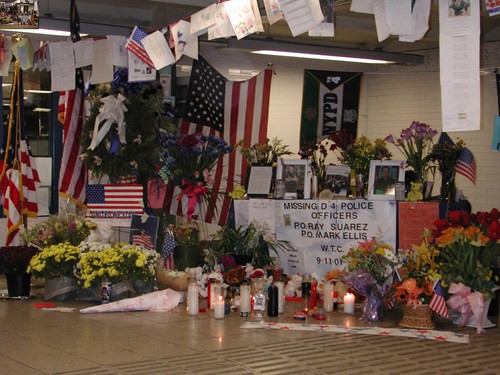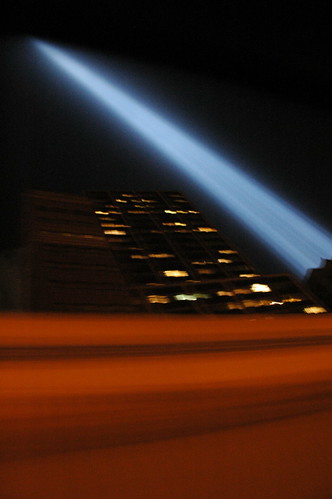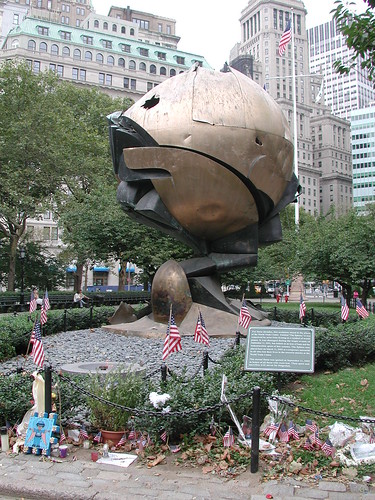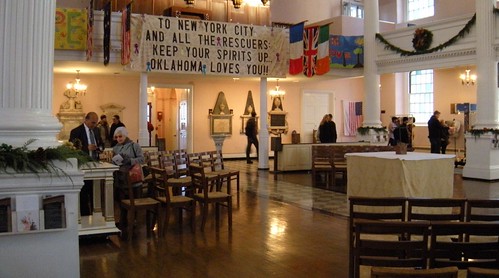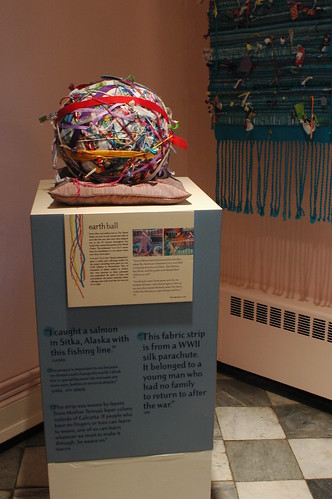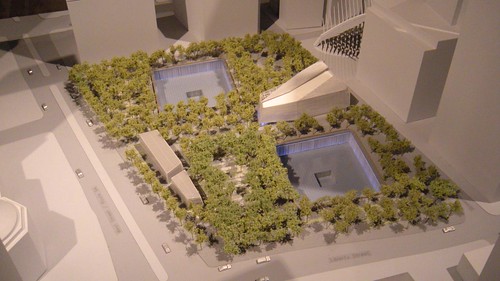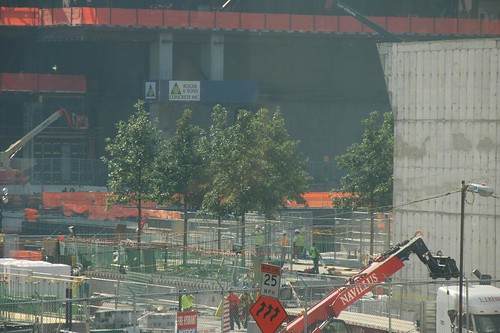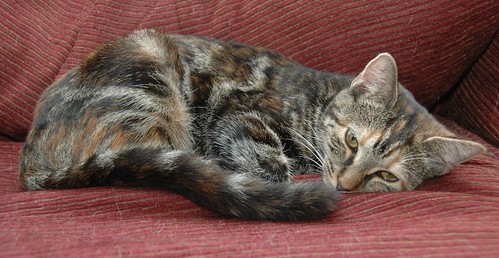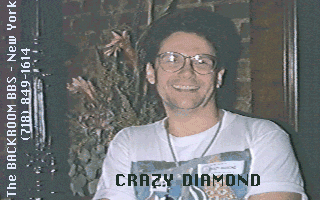Written spontaneously as a Twitter thread, and transcribed to this blog post.
The ways we observe anniversaries is arbitrary. For example, I was shocked to tears for weeks by the Indian Ocean Tsunami of 2004, which killed 100 times more people than Katrina [1st Anniversary]. The earthquake which precipitated it left the entire planet ringing like a bell. The observation of “25 Years of AIDS” at this year’s World AIDS Congress is pinned only to the first official report of a cluster of unusual deaths by the Centers for Disease Control in June of 1981. The timelines of epidemics don’t follow our categorizations of them.
Grief & Gardening #1: 1, 5 and 25, 2006-09-04
Like an earthquake, the initial shocks have affected each of us differently, and to different degrees. The aftershocks will continue for months. The effects will ripple out for decades. If I believed there was anyone to listen, let alone, answer, I would pray that each of us gets whatever we need to come through healthy and whole. I would pray that, individually and collectively, we respond to this violence with compassion, wisdom, courage and strength.
This Week in History, 2001-09-14
Again, and still, horrors are committed in the name of God. A month ago, more than five thousand people lost their lives in a smoking crater, killed in the name of God. It makes no difference to me whether the banner reads “Holy War” or “God Bless America.” This crisis has brought out both the best and worst in people. Like any tool, the idea of God is used for evil as well as good. Then what good is God?
Without God
 I worked in downtown Manhattan for 35 years before retiring two months ago. As the 5th Anniversary approached, Ground Zero was still just that, a wound. Everywhere were commemorative signs and symbols. You could feel it just walking around.
I worked in downtown Manhattan for 35 years before retiring two months ago. As the 5th Anniversary approached, Ground Zero was still just that, a wound. Everywhere were commemorative signs and symbols. You could feel it just walking around.
I have been feeling this one, the 5th anniversary of 9/11. The city is feeling it, too. Peoples’ grief is closer to the surface, more accessible. Mine certainly is. I’ve also been remembering a lot of what it was like in the city right after. There are reminders of it everywhere, on the news, in the papers, special exhibits and events, and especially, at Ground Zero.
Grief & Gardening #2: Five Years After, “Ths Transetorey Life”, 2006-09-09
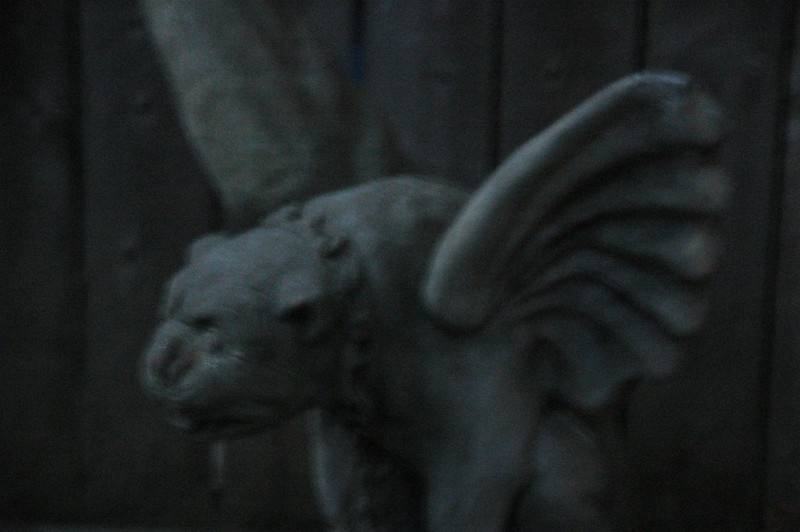
I moved to NYC, to the East Village, in 1979. Though I survived, many did not. It’s why grief and loss pervade my writing, including my blog. I wrote this in 2007, after learning of the death, from AIDS, of yet another of my last lovers.
Reminders of the upcoming 6th Anniversary of 9/11 are piling up. My first day back at work from my [recent] trip, I walked by the Deutsche Bank building – ruined in the attacks, condemned, and only now being dismantled – where two firefighters had lost their lives the day before. I could see the blackened scaffolding and walls of the building. I smelled the smoke, startled for a few minutes, taken back to the months after the attacks, when the fires burned for months, when we walked every day through the crematory of downtown Manhattan.
In the Shadow (How shall my heart be reconciled to its feast of losses?), 2007-08-08

On the 7th Anniversary, I wrote my name on a beam that was intended to become part of the Memorial at Ground Zero. I was briefly interviewed by a local radio reporter from 1010WINS. I met a good dog.
Flags, flags, flags … flags waving everywhere. I understand the impulse, yet I don’t feel it as a defiant gesture. It feels like a concession to me. That we have no greater symbol than our nation’s flag makes me sad. What evil has been committed in the name of that flag?
Seven years, 2008-09-10
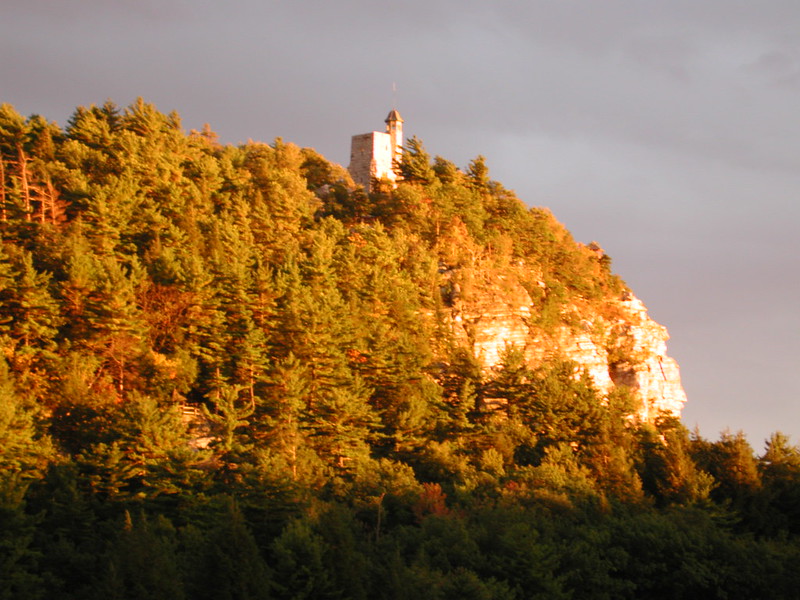
On the 9th Anniversary, with some perspective of years, I was able to write coherently about what our experience had been that day, that week. I worked downtown, through the months of smoke and ash that followed. And year after year in NYC.
We decided to hold to our vacation plans for the week, somber though it was. There was nothing we could do back home. My workplace downtown, blocks from Ground Zero, would not reopen for two weeks. Reminders met us everywhere we went. And everywhere we went, we were ambassadors for New York City. When we told people where we were from, as often as not, they broke down crying. We were their reminders.
Grief & Gardening: Nine Years, 2010-09-11

I avoid “ticker tape” parades.
The gutters were thick with shreds of paper, and ash, for weeks and months after 9/11. The gray ash was the last to go. Living and working in downtown after 9/11 was being in a crematorium.
Grief and Gardening: Remains of the Day, 2019-07-11
So, I don’t feel a need to write anything new today. I’m going to spend the day away from television, and news, and commemorations. I will instead hug my husband, squish our cats, and spend time in the garden photographing bugs, observing and celebrating the diversity of life. 
Related Content
In chronological order. 2001-09-14: This Week in History
2001-10-15: Without God
2006-09-04: Grief & Gardening #1: 1, 5 and 25
2006-09-09: Grief & Gardening #2: Five Years After, “Ths Transetorey Life”
2007-08-08: In the Shadow (How shall my heart be reconciled to its feast of losses?)
2008-09-10: Seven years
2010-09-11: Grief & Gardening: Nine Years
2019-07-11: Grief and Gardening: Remains of the Day
2021-09-11: Twitter thread





